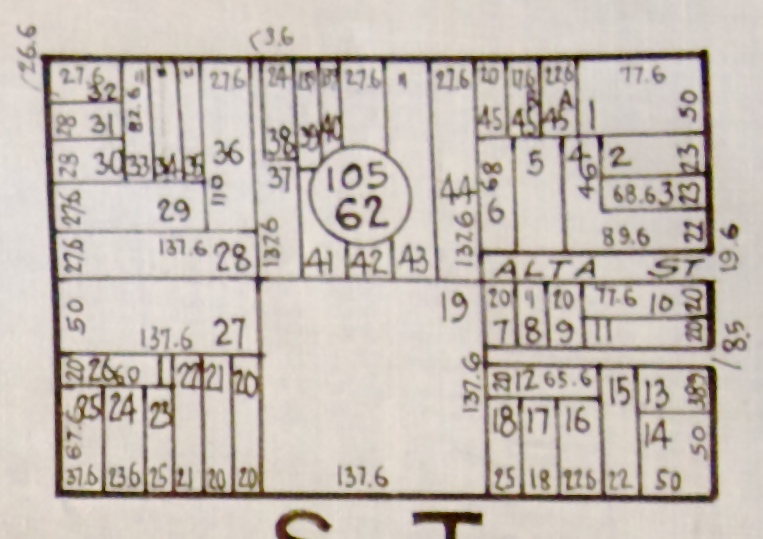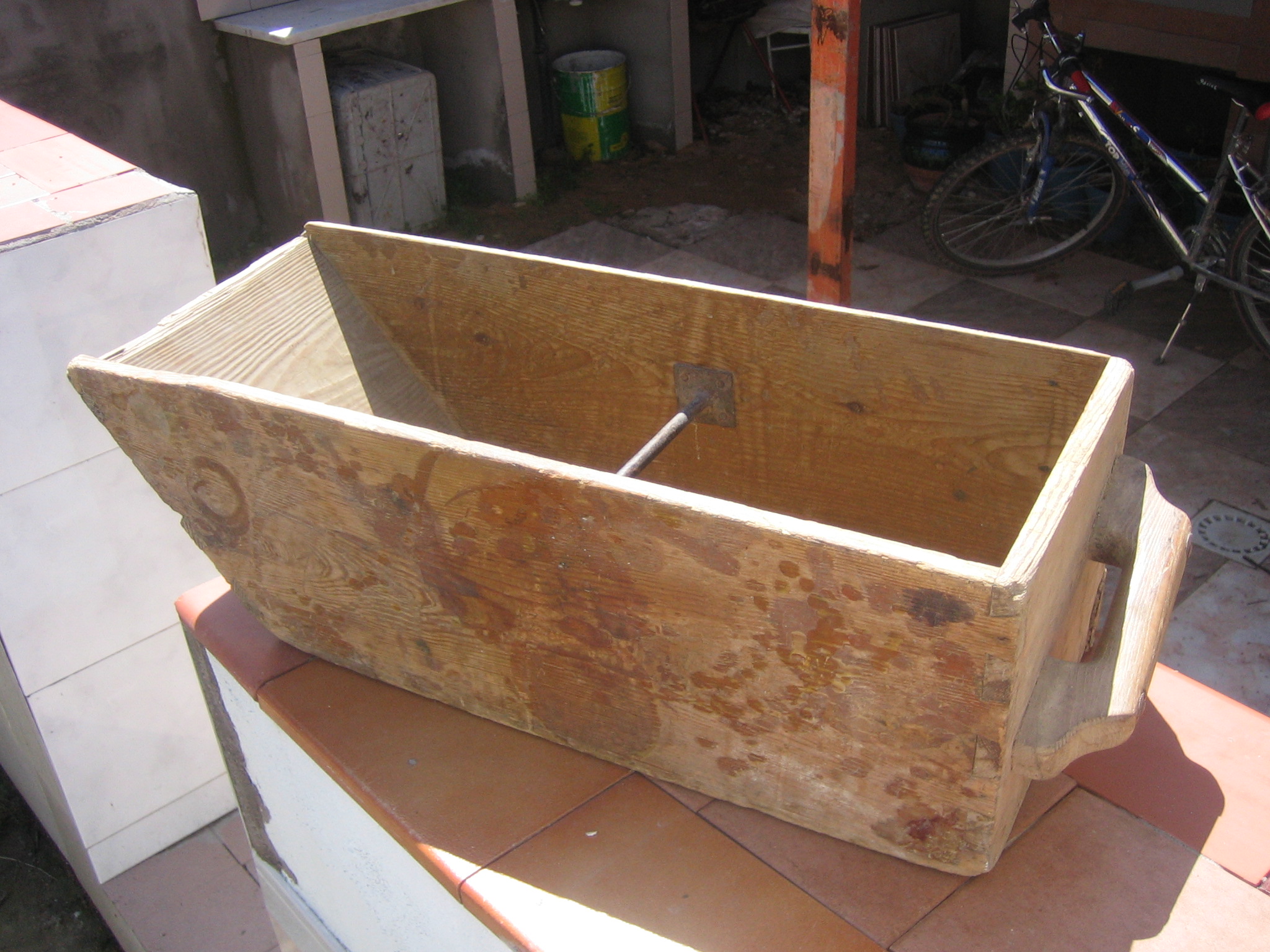|
Peruvian Units Of Measurement ...
A number of units of measurement were used in Peru to measure length, mass, area, etc. The Metric system adopted in 1862 and has been compulsory since 1869 in Peru. System before metric system Units from Spanish Castillian were used. Length One vara was equal to 0.83598 m. One pie was equal to 0.27866 m/3 varas. Mass Several units were used to measure mass. One libra was equal to 0.46009 kg. Some other units are given below: 1 arroba = 25 libra 1 quintal = 100 libra 1 fanega = 140 libra. Area One topo was equal to 2706 m2. One fanegada was equal to 6459.6 m2. See also * Metrication in Peru References {{Systems of measurement Peruvian culture Peru , image_flag = Flag of Peru.svg , image_coat = Escudo nacional del Perú.svg , other_symbol = Great Seal of the State , other_symbol_type = Seal (emblem), National seal , national_motto = "Fi ... [...More Info...] [...Related Items...] OR: [Wikipedia] [Google] [Baidu] |
Units Of Measurement
A unit of measurement is a definite magnitude (mathematics), magnitude of a quantity, defined and adopted by convention or by law, that is used as a standard for measurement of the same kind of quantity. Any other quantity of that kind can be expressed as a multiple of the unit of measurement. For example, a length is a physical quantity. The metre (symbol m) is a unit of length that represents a definite predetermined length. For instance, when referencing "10 metres" (or 10 m), what is actually meant is 10 times the definite predetermined length called "metre". The definition, agreement, and practical use of units of measurement have played a crucial role in human endeavour from early ages up to the present. A multitude of System of measurement, systems of units used to be very common. Now there is a global standard, the International System of Units (SI), the modern form of the metric system. In trade, weights and measures is often a subject of governmental r ... [...More Info...] [...Related Items...] OR: [Wikipedia] [Google] [Baidu] |
Peru
, image_flag = Flag of Peru.svg , image_coat = Escudo nacional del Perú.svg , other_symbol = Great Seal of the State , other_symbol_type = Seal (emblem), National seal , national_motto = "Firm and Happy for the Union" , national_anthem = "National Anthem of Peru" , march = "March of Flags" , image_map = PER orthographic.svg , map_caption = , image_map2 = , capital = Lima , coordinates = , largest_city = capital , official_languages = Peruvian Spanish, Spanish , languages_type = Co-official languages , languages = , ethnic_groups = , ethnic_groups_year = 2017 , demonym = Peruvians, Peruvian , government_type = Unitary state, Unitary Semi-presidential system, semi-presidential republic , leader_title1 = President of Peru, President ... [...More Info...] [...Related Items...] OR: [Wikipedia] [Google] [Baidu] |
Metric System
The metric system is a system of measurement that succeeded the Decimal, decimalised system based on the metre that had been introduced in French Revolution, France in the 1790s. The historical development of these systems culminated in the definition of the International System of Units (SI) in the mid-20th century, under the oversight of an international standards body. Adopting the metric system is known as ''metrication''. The historical evolution of metric systems has resulted in the recognition of several principles. Each of the fundamental dimensions of nature is expressed by a single base unit (measurement), base unit of measure. The definition of base units has increasingly been realisation (metrology), realised from natural principles, rather than by copies of physical artefacts. For quantities derived from the fundamental base units of the system, units SI derived unit, derived from the base units are used—e.g., the square metre is the derived unit for area, a qu ... [...More Info...] [...Related Items...] OR: [Wikipedia] [Google] [Baidu] |
Spanish Customary Units
There are a number of Spanish units of measurement of length or area that are virtually obsolete due to metrication. They include the vara, the cordel, the league and the labor. The units of area used to express the area of land are still encountered in some transactions in land today. (unit of length) A (meaning "rod" or "pole", abbreviation: var) is an old Spanish unit of length. Varas are a surveying unit that appear in many deeds in the southern United States, and varas were also used in many parts of Latin America. It varied in size at various times and places; the Spanish unit was set at about in 1801. In Argentina, the vara measured about , and typical urban lots are wide (10 Argentine varas). At some time a value of was adopted in California. In Texas, a was defined as , or 1 yard = 1.08 . The and the corresponding unit of area, the square , were introduced in the 19th century to measure Spanish land grants. Stephen F. Austin's early surveying contracts requ ... [...More Info...] [...Related Items...] OR: [Wikipedia] [Google] [Baidu] |
Arroba
''Arroba'' is a Portuguese and Spanish custom unit of weight, mass or volume. Its symbol is @. History The word ''arroba'' has its origin in Arabic ''ar-rubʿ'' (الربع) or "quarter," specifically the fourth part (of a quintal), which defined the average load which a donkey could carry. Spain and Portugal In weight it was equal to 32 pounds (14.7 kg) in Portugal and 25 pounds (11.5 kg) in Spain. The unit is still used in Portugal and Spain by cork merchants and pig farmers. Arroba and bushel as weight units are similar (15 kg). Latin America The unit is still used in Brazil by the agricultural sector, mainly in the cotton and cattle business. The modern metric arroba used in these countries in everyday life is defined as . In Colombia, Ecuador, and Peru the arroba is equivalent to . In Bolivia nationally it is equivalent to . However locally there are many different values, ranging from in Inquisivi to in Baures. [...More Info...] [...Related Items...] OR: [Wikipedia] [Google] [Baidu] |
Quintal
The quintal or centner is a historical unit of mass in many countries which is usually defined as 100 base units, such as pounds or kilograms. It is a traditional unit of weight in France, Portugal, and Spain and their former colonies. It is commonly used for grain prices in wholesale markets in Ethiopia and India, where 1 quintal = 100 kg. In British English, it referred to the hundredweight; in American English, it formerly referred to an uncommon measure of 100 kilograms. Languages drawing its cognate name for the weight from Romance languages include French, Portuguese, Romanian and Spanish , Italian , Esperanto , Polish . Languages taking their cognates from Germanicized ''centner'' include the German , Lithuanian , Swedish , Polish , Russian and Ukrainian (), Estonian and Spanish . Many European languages have come to translate both the imperial and American hundredweight as their cognate form of ''quintal'' or ''centner''. Name The concept has resulted in two ... [...More Info...] [...Related Items...] OR: [Wikipedia] [Google] [Baidu] |
Fanega
The fanega or Spanish bushel was an old measure of dry capacity in Spanish-speaking countries. It was generally used in an agricultural context to measure quantities of grain. The measure varied greatly, but in Castile, it was equivalent to roughly 55.5 liters. It was also a measure of surface area that was further subdivided into 100 varas, or the amount of land that could be sown with a fanega of seed. See also * Bushel A bushel (abbreviation: bsh. or bu.) is an imperial and US customary unit of volume based upon an earlier measure of dry capacity. The old bushel is equal to 2 kennings (obsolete), 4 pecks, or 8 dry gallons, and was used mostly for agric ... External links {{wiktionary Units of volume Obsolete units of measurement ... [...More Info...] [...Related Items...] OR: [Wikipedia] [Google] [Baidu] |
Metrication In Peru
Peru adopted the metric system in 1862, replacing Spanish customary units. History In 1862, the Peruvian government decreed the metric system to be official in Peru. However, several years later the old measurements were still used. In 1869, a new law made the metric system compulsory. In 1875 Peru adhered to the International Bureau of Weights and Measures in Sèvres, France. The most current law regarding the measuring system is Law 23560 1982. Current exceptions * Gasoline, diesel, and kerosene are sold by the US gallon. * Display sizes for television screens and computer monitors have their diagonal measured in inches. * Nails are sold in inches. * Coca leaves and potatoesLa RepúblicaEn Feria de la Mujer Emprendedora presentan antibióticos naturales saludables are sold in arrobas. * McDonald's sells its ''Quarter Pounder with cheese'' as "Cuarto de Libra con Queso", which translates from Spanish as "Quarter Pound with Cheese". * Like in most countries, aviation (altitude an ... [...More Info...] [...Related Items...] OR: [Wikipedia] [Google] [Baidu] |
Peruvian Culture
Peruvian culture is the gradual blending of Amerindian cultures with European and African ethnic groups. The ethnic diversity and rugged geography of Peru allowed diverse traditions and customs to co-exist. Peruvian culture has been deeply influenced by Native culture, Spanish culture, and African culture. Other minor influences on their culture are Chinese, Japanese, and European. Literature Peruvian literature has its roots in the oral traditions of 1609. After independence, the monarchy wrote a book that spoke to all of the people. Costumbrism and Romanticism became the most common literary genres, as exemplified in the works of Priests. In the early 20th century, the ''Indigenismo'' movement produced such writers as Ciro Alegría, José María Arguedas,Gerald Martin, "Narrative since c. 2009", pp. 151–152, 178–179. and César Vallejo. José Carlos Mariátegui's essays in the 1920s were a turning-point in the political and economic analysis of Peruvian history. D ... [...More Info...] [...Related Items...] OR: [Wikipedia] [Google] [Baidu] |



